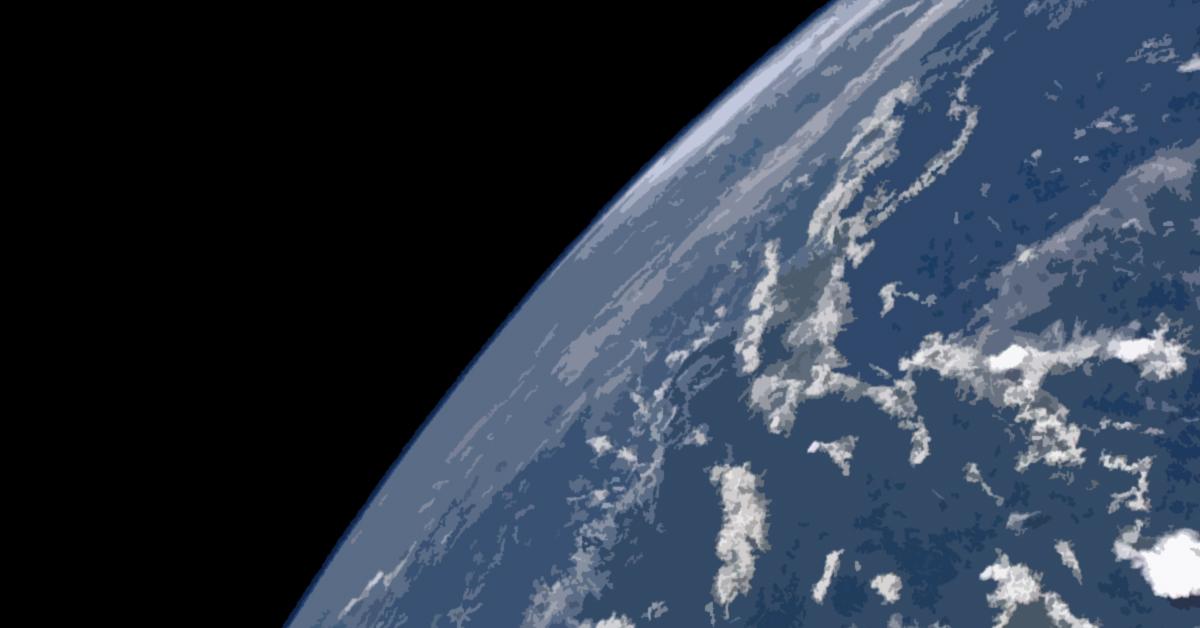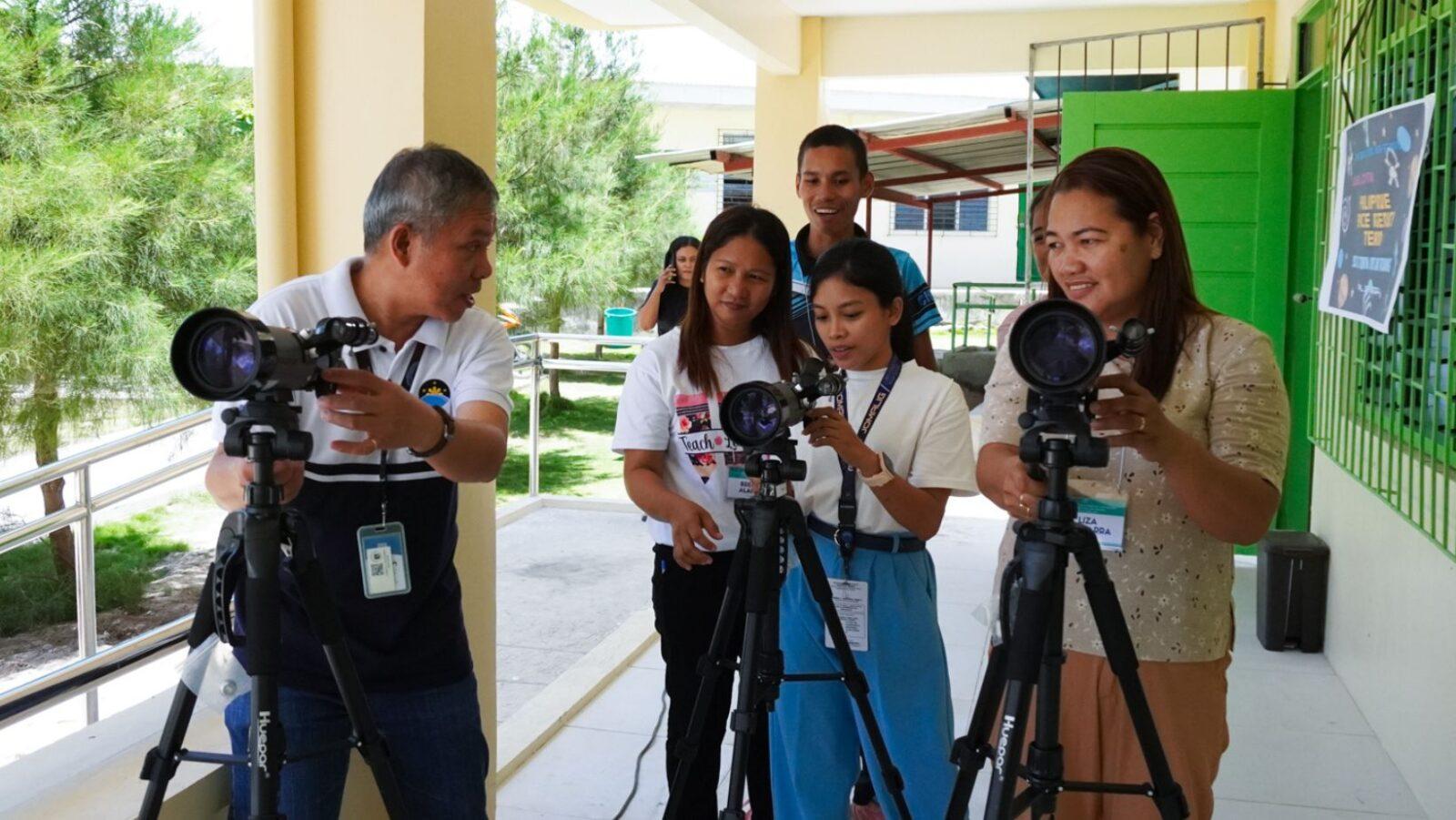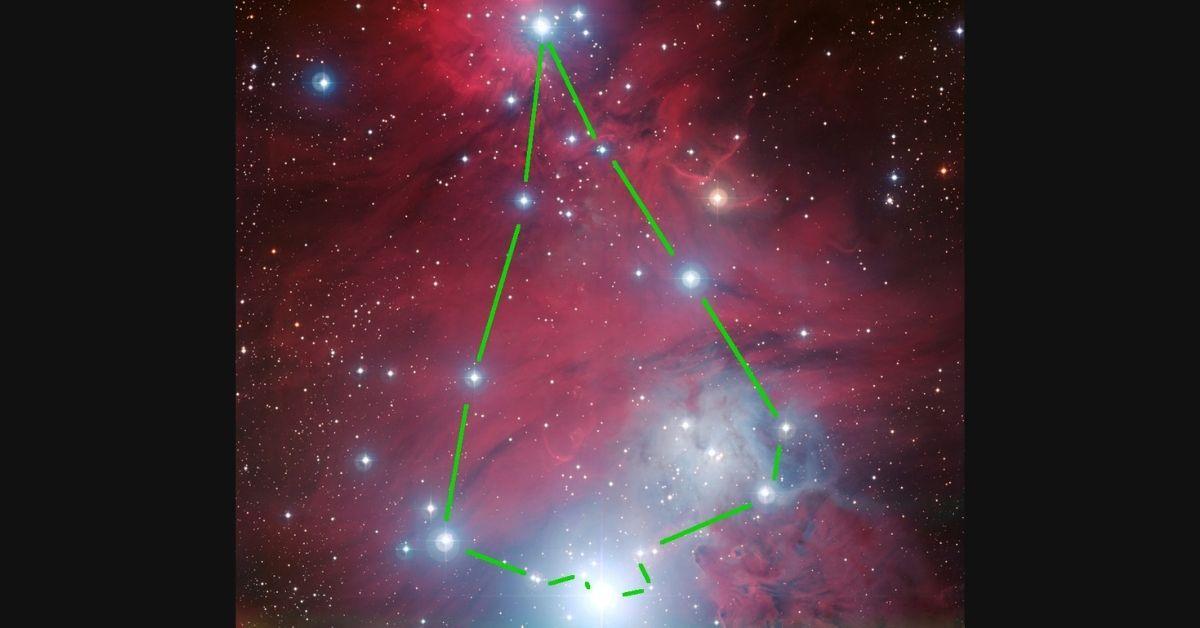
Space science in the Philippines is ready for liftoff.
The Philippine Space Act has just been approved by the Senate. Soon, the Philippines will establish its own space agency and corresponding policies, allowing the local space industry to boom. Between this and the successful launches of Diwata-1, Maya-1, and Diwata-2, the Philippines is on the road to establishing itself as a space-ready nation.
However, for some Filipinos, the question isn’t “Can we?”– it’s “Why?”
In reality, space science has many practical applications, some of which play a crucial role in our day-to-day activities. Here are 10 areas where space science can really give us a boost. (And no, “sending our own rocket into space” isn’t one of them.)
1) Weather monitoring
This is easily the most obvious application of space science in the Philippines. Given our geographical location (and how frequently we are hit by weather disturbances), an effective weather monitoring system is a must. Focusing on space technology can further strengthen the systems we already have in place. This will also enable us to gradually become less dependent on satellite data from foreign sources.
2) Disaster response
Naturally, with better weather monitoring capabilities come more efficient disaster response measures. Space technology enables us to swiftly and accurately gauge the impact of typhoons, floods, drought, and other natural calamities. With the right technology in our hands, we can quickly assess infrastructure damage, address food shortage, provide sufficient medical aid, or control the spread of diseases in affected areas.
3) Communications
Satellites enable us to communicate via smartphones and surf the internet virtually anywhere. Furthermore, we use GPS (Global Positioning System) to reach places we’ve never visited before. In the Philippines, fixed broadband penetration remains relatively low, while wireless broadband users are on the rise. Thus, having more reliable communication systems in place–the kind supported by space technology–is a necessity.
4) Agriculture
Space technology plays a crucial role in food security as well, particularly in the agriculture and fishing industries. Through remote sensing, we can use satellite images and data to determine the state of our farmlands and other sites for food production over a set period of time. The same technology provides us with information on climate conditions, crop health and diversity, the suitability of specific areas of land for farming, and so much more.
5) The national budget
According to a cost-benefit analysis done in 2016 by Pinoy astrophysicist Rogel Mari Sese and his team, the Philippines spends Php 3.5 billion each year on “satellite images, space communications capabilities, and other space technology applications from foreign providers.” Take note that these aren’t optional investments, but absolute necessities from a national perspective. However, based on the same calculations, it would cost the Philippines only Php 2.5 billion to run its own space program and develop its own space technology.
As Sese put it: “[I]t’s not a money-losing venture—it’s a money-making venture, and that’s just based on infrastructure savings alone.”
6) National security and policy-making
On January 31, the Department of Science and Technology – Philippine Council for Industry, Energy, and Emerging Technology Research and Development (DOST-PCIEERD) organized its first Technology Media Conference on Space Technology. There, Dr. Joel Marciano, the acting director of DOST-ASTI (Advanced Science and Technology Institute), emphasized the role of the Pinoy-made satellites in laying the framework for the country’s foray into the space age and sparing us from “information poverty.”
Among other things, data collected from space helps the government make sound, well-informed policies and decisions, especially involving matters of national security. Satellites also make it possible to transmit secure military communications, as well as perform regular monitoring and surveillance of our country’s territories and resources.
7) Public health
Using space technology, we can develop strategies to mitigate the spread of infectious diseases and control populations of disease carriers. In the August 2015 edition of the Bulletin of the World Health Organization (WHO), public health expert Pascal Michel mentioned how space science was utilized in the late 1990s to gain a better understanding of malaria and other mosquito-borne diseases. He also shared his insights on how space science impacts public health.
We can benefit from all sorts of medical advances achieved in the preparation of space missions. For example, devices developed for space missions, such as the robotic arm that was used to assemble the international space station, have been adapted into a smaller robotic device for use in surgery or adapted to be used inside a magnetic resonance imaging scanner to assist with cancer diagnostics.
8) Technological and infrastructure development
Life-saving technologies such as the CT scan and thermal blanket were products of space science. The former was a result of efforts to enhance photos of the Moon; meanwhile, the latter was originally designed for satellite insulation. Imagine, then, what our local thinkers and inventors can accomplish with adequate support from a local space agency.
As mentioned earlier, space technology can help us assess infrastructure damage in the event of a natural disaster. However, it can also be used to monitor progress on existing infrastructure projects, and determine areas where new projects are needed.
9) Business and investment
Across the world, the aerospace industry is worth approximately USD 838 billion. Unsurprisingly, the push for space science in the Philippines will create alluring investment opportunities for businesses operating in the country. Proof of this is the recent Philippine Space Industry Forum that the DOST-PCIEERD also organized. There, representatives from the government, the academe, and private companies discussed the impact of space science and technology on the country, as well as potential business opportunities in space-related activities.
10) Employment
As of January 2019, the United Kingdom’s space industry has already generated around 3,400 new job opportunities, as well as a total income of GBP 14.8 billion (PHP 1 trillion). With the Philippines bolstering its space science capabilities, new employment opportunities are on the horizon for space-inclined Pinoys. Engineers, physicists, biologists, chemists, and technologists are among those who can establish themselves in the Pinoy space industry.
To this day, the Philippines remains largely dependent on foreign space technology. Should support and data from other countries stop coming in, our lives would be affected on a fundamental level. The establishment of our own space agency and policies would signal the beginning of our independent journey into the space age: a small step for Philippine space science, and a giant leap for a developing nation.
Updated on May 20, 2019.
Cover photo: Kimiya Yui/JAXA
References
- https://jobs.lovetoknow.com/Careers_in_Space_Science
- https://news.abs-cbn.com/news/01/31/19/philippines-ready-for-own-space-agency-dost
- https://www.gmanetwork.com/news/scitech/science/550865/why-developing-countries-should-develop-space-programs/story/
- https://www.gmanetwork.com/news/scitech/science/584375/why-the-philippines-needs-a-national-space-agency/story/
- https://www.gov.uk/government/news/3400-new-uk-space-jobs-created
- https://www.marketresearch.com/Paul-Budde-Communication-Pty-Ltd-v1533/Philippines-Telecoms-Mobile-Broadband-Statistics-11833128/
- https://www.rappler.com/technology/news/222381-dost-appeals-passing-space-agency-bill
- https://www.who.int/bulletin/volumes/93/8/15-030815/en/

Author: Mikael Angelo Francisco
Bitten by the science writing bug, Mikael has years of writing and editorial experience under his belt. As the editor-in-chief of FlipScience, Mikael has sworn to help make science more fun and interesting for geeky readers and casual audiences alike.





